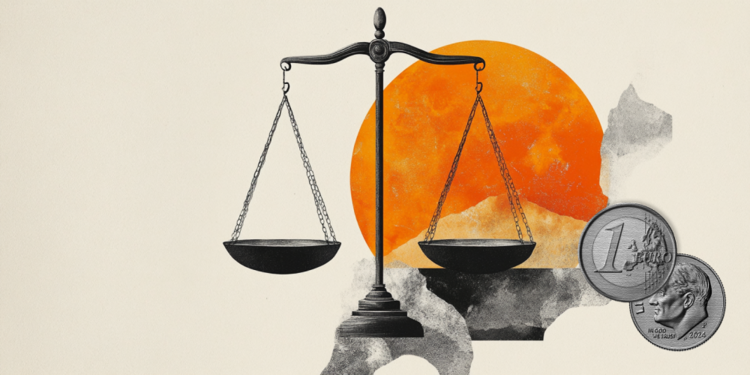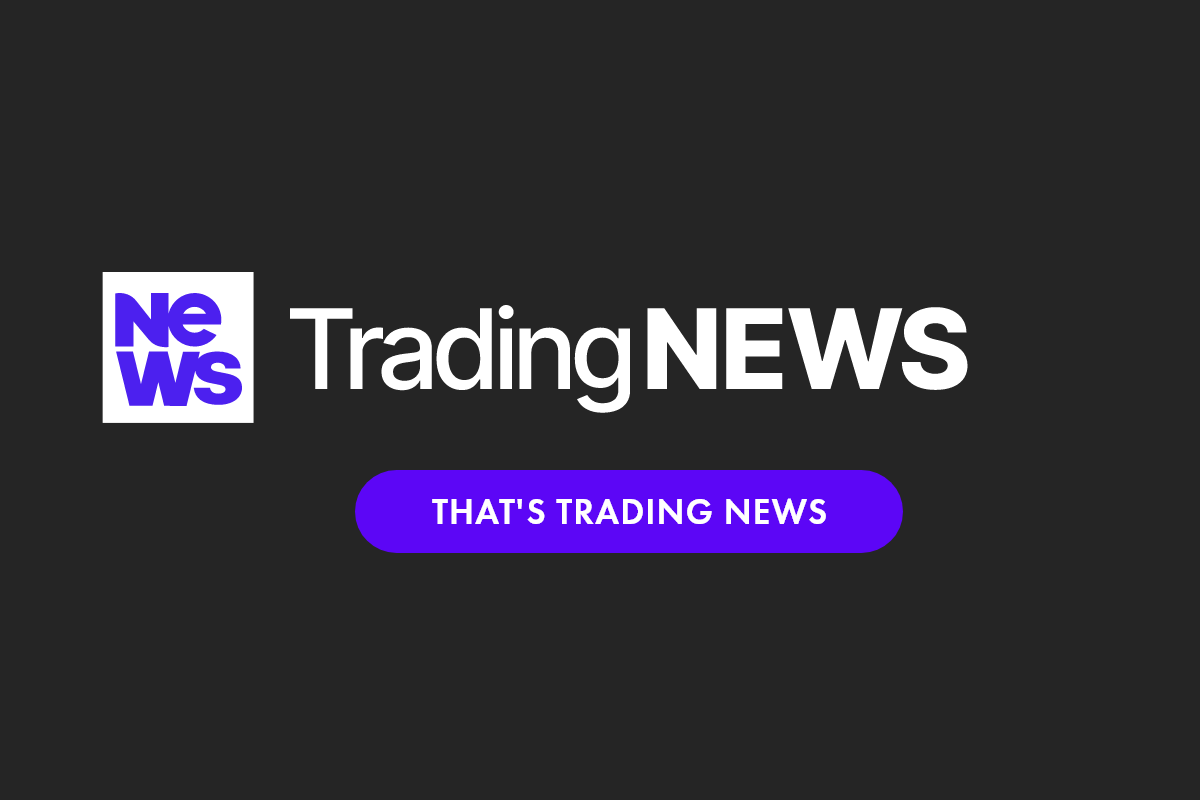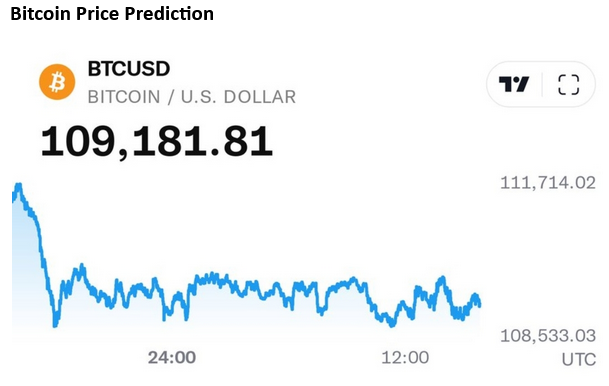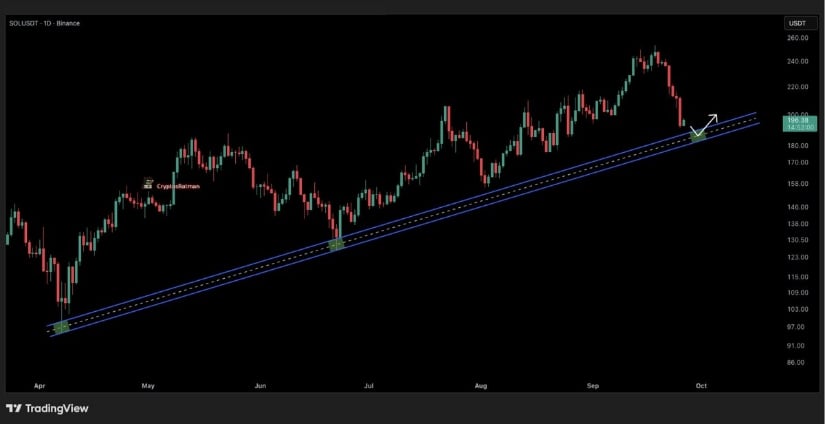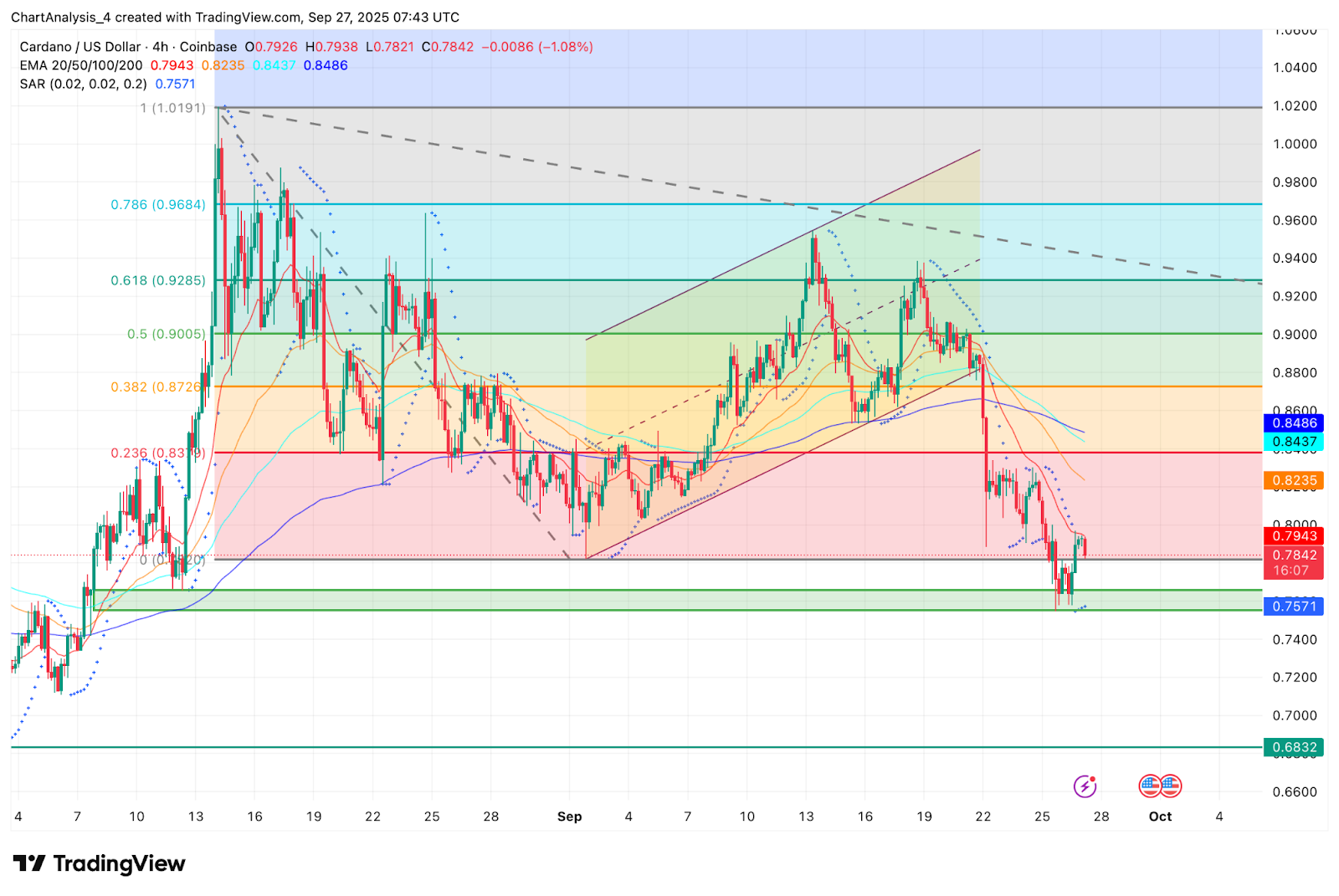Category: Forex News, News
Euro finds support ahead of central bank speeches
- EUR/USD clings to small daily gains above 1.1750 on Monday.
- The technical outlook doesn’t yet point to a buildup of bullish momentum.
- Markets await comments from ECB and Fed policymakers.
Following the bearish action seen in the second half of the previous week, EUR/USD corrects higher on Monday and trades above 1.1750. As investors await comments from central bank officials, the pair’s technical outlook doesn’t yet reflect a buildup of recovery momentum.
Euro Price Last 7 Days
The table below shows the percentage change of Euro (EUR) against listed major currencies last 7 days. Euro was the weakest against the Swiss Franc.
| USD | EUR | GBP | JPY | CAD | AUD | NZD | CHF | |
|---|---|---|---|---|---|---|---|---|
| USD | -0.24% | 0.42% | 0.16% | -0.23% | 0.75% | 1.58% | -0.27% | |
| EUR | 0.24% | 0.69% | 0.35% | 0.00% | 1.03% | 1.78% | -0.04% | |
| GBP | -0.42% | -0.69% | -0.26% | -0.67% | 0.34% | 1.09% | -0.83% | |
| JPY | -0.16% | -0.35% | 0.26% | -0.41% | 0.63% | 1.41% | -0.43% | |
| CAD | 0.23% | -0.01% | 0.67% | 0.41% | 1.09% | 1.77% | -0.16% | |
| AUD | -0.75% | -1.03% | -0.34% | -0.63% | -1.09% | 0.75% | -1.09% | |
| NZD | -1.58% | -1.78% | -1.09% | -1.41% | -1.77% | -0.75% | -1.90% | |
| CHF | 0.27% | 0.04% | 0.83% | 0.43% | 0.16% | 1.09% | 1.90% |
The heat map shows percentage changes of major currencies against each other. The base currency is picked from the left column, while the quote currency is picked from the top row. For example, if you pick the Euro from the left column and move along the horizontal line to the US Dollar, the percentage change displayed in the box will represent EUR (base)/USD (quote).
EUR/USD registered losses for three consecutive days to end the week as the US Dollar (USD) benefited from the Federal Reserve’s cautious tone on aggressive policy easing moving further.
Assessing the Fed’s policy outlook and the USD’s futures, “despite Fed Chair Jerome Powell’s cautionary tone, the FOMC has clearly shifted to a dovish stance where it sees multiple cuts, and the focus is now firmly on the employment side of the mandate,” noted ING analysts and added:
“Our call is for two more 25 basis-points cuts this year, and we see the cheapening of the Dollar’s funding cost as driving more depreciation in an already seasonally weak end of the year for the greenback.”
The US economic calendar will not feature any high-tier data releases on Monday. Several Fed policymakers will be delivering speeches during the American trading hours. In case Fed officials reiterate that they will not commit to a steady easing of the policy, citing upside risks to inflation, the USD could stay resilient against its rivals and make it difficult for EUR/USD to gather bullish momentum.
European Central Bank (ECB) Chief Economist Philip Lane and Governing Council Member Joachim Nagel will also be speaking in the second half of the day. ECB policymaker Mario Centeno said on Friday that the ECB’s next move is likely to be a rate cut, noting that he still sees inflation risks to the downside. Similar remarks from ECB officials could be negative for the Euro with the immediate reaction.
EUR/USD Technical Analysis
The Fibonacci 23.6% retracement of the latest uptrend aligns as a pivot level at 1.1770. In case EUR/USD fails to clear this level, technical buyers could be discouraged. In this scenario, 1.1730 (100-period Simple Moving Average (SMA) on the 4-hour chart) could be seen as the first support level before 1.1690-1.1700 (Fibonacci 38.2% retracement, 200-period SMA) and 1.1640 (Fibonacci 50% retracement).
Looking north, resistance levels could be spotted at 1.1800 (static level, round level), 1.1850 (upper limit of the ascending channel) and 1.1870 (end-point of the uptrend).
Euro FAQs
The Euro is the currency for the 19 European Union countries that belong to the Eurozone. It is the second most heavily traded currency in the world behind the US Dollar. In 2022, it accounted for 31% of all foreign exchange transactions, with an average daily turnover of over $2.2 trillion a day.
EUR/USD is the most heavily traded currency pair in the world, accounting for an estimated 30% off all transactions, followed by EUR/JPY (4%), EUR/GBP (3%) and EUR/AUD (2%).
The European Central Bank (ECB) in Frankfurt, Germany, is the reserve bank for the Eurozone. The ECB sets interest rates and manages monetary policy.
The ECB’s primary mandate is to maintain price stability, which means either controlling inflation or stimulating growth. Its primary tool is the raising or lowering of interest rates. Relatively high interest rates – or the expectation of higher rates – will usually benefit the Euro and vice versa.
The ECB Governing Council makes monetary policy decisions at meetings held eight times a year. Decisions are made by heads of the Eurozone national banks and six permanent members, including the President of the ECB, Christine Lagarde.
Eurozone inflation data, measured by the Harmonized Index of Consumer Prices (HICP), is an important econometric for the Euro. If inflation rises more than expected, especially if above the ECB’s 2% target, it obliges the ECB to raise interest rates to bring it back under control.
Relatively high interest rates compared to its counterparts will usually benefit the Euro, as it makes the region more attractive as a place for global investors to park their money.
Data releases gauge the health of the economy and can impact on the Euro. Indicators such as GDP, Manufacturing and Services PMIs, employment, and consumer sentiment surveys can all influence the direction of the single currency.
A strong economy is good for the Euro. Not only does it attract more foreign investment but it may encourage the ECB to put up interest rates, which will directly strengthen the Euro. Otherwise, if economic data is weak, the Euro is likely to fall.
Economic data for the four largest economies in the euro area (Germany, France, Italy and Spain) are especially significant, as they account for 75% of the Eurozone’s economy.
Another significant data release for the Euro is the Trade Balance. This indicator measures the difference between what a country earns from its exports and what it spends on imports over a given period.
If a country produces highly sought after exports then its currency will gain in value purely from the extra demand created from foreign buyers seeking to purchase these goods. Therefore, a positive net Trade Balance strengthens a currency and vice versa for a negative balance.
Written by : Editorial team of BIPNs
Main team of content of bipns.com. Any type of content should be approved by us.
Share this article:

